꽃들도 악보
음악과 꽃은 사람들에게 감동과 아름다움을 선사해줍니다. 꽃들의 아름다움을 음악으로 표현하는 것은 음악의 힘과 꽃의 아름다움을 결합시킴으로써 더욱 감동적인 표현을 이루어낼 수 있습니다. 이 글에서는 “꽃들도 악보”라는 주제로, 꽃과 음악의 아름다운 조화에 대해 살펴보고자 합니다. 또한, FAQ 섹션에서 궁금한 점에 대한 답변도 제공할 예정입니다.
1. 꽃의 아름다움을 음악으로 표현하는 방법
꽃은 자연에서 가장 아름다운 표정을 갖고 있습니다. 이 아름다움과 음악의 특성은 유사한 면이 많습니다. 꽃은 다양한 모양과 색상을 가지고 있으며, 음악도 다양한 음색과 리듬을 가지고 있습니다. 음악을 통해 꽃의 아름다움을 표현하기 위해서는 악보를 통해 그 모습을 재현할 수 있어야 합니다. 악보를 통해 음악의 특성을 활용하여 꽃의 아름다움을 느낄 수 있는 표현 방법을 탐구할 필요가 있습니다.
2. 꽃과 악보의 공통점과 차이점
꽃과 악보는 서로 다른 형태를 가지고 있지만, 공통점도 존재합니다. 꽃의 다양한 종류와 각각의 음향적 특성은 음악과 연결될 수 있습니다. 예를 들어, 밝은 색상으로 표현된 꽃은 명랑하고 활기찬 음악과 연결될 수 있습니다. 악보의 구성 요소와 꽃의 형태와의 상관관계를 파악함으로써, 꽃과 악보의 차이와 유사성을 이해할 수 있습니다.
3. 악보에서 꽃의 감성을 표현하는 방법
악보는 음악적 표현 수단을 가지고 있으며, 이를 활용하여 꽃의 아름다움과 향기를 드러내는 방법을 탐구할 수 있습니다. 예를 들어, 연주자는 다양한 음표와 리듬을 통해 꽃을 상상하며 그 감정을 표현할 수 있습니다. 또한, 악보에서 꽃의 색채와 감정을 느낄 수 있는 방법을 분석함으로써, 악보를 통해 꽃의 아름다움을 최대한 표현할 수 있습니다.
4. 꽃들도 악보에 의미 부여하기
꽃은 우리 사회에서 상징적인 의미를 가지고 있습니다. 예를 들어, 붉은 장미는 사랑의 상징으로 여겨지며, 백합은 순수와 깨끗함을 상징합니다. 악보를 통해 꽃의 의미를 해석하고 전달하는 방법을 탐구함으로써, 꽃의 아름다움과 함께 음악적인 의미도 함께 전달할 수 있습니다.
5. 꽃과 음악의 조화로운 결합 예시
유명한 음악 작품에서는 꽃과 관련된 악보가 사용되는 경우가 많습니다. 예를 들어, 클래식 음악에서 꽃을 상징적으로 사용한 작품들이 있습니다. 꽃은 음악적 작품에 미치는 영향과 효과를 분석함으로써, 음악과 꽃이 어떻게 조화롭게 결합될 수 있는지를 탐구할 수 있습니다.
6. 꽃과 음악의 표현력과 감성 전달력 비교
꽃은 많은 사람들에게 감정적인 반응을 일으키고, 음악도 마찬가지입니다. 하지만 꽃을 통해 전달되는 감정과 음악을 통해 전달되는 감정은 독특한 특징을 가지고 있습니다. 악보의 표현력과 꽃의 아름다움이 감정에 미치는 영향을 분석함으로써, 두 가지 표현 방식의 차이와 유사성을 이해할 수 있습니다.
FAQ:
Q: 꽃들도 악보를 어디에서 구할 수 있나요?
A: 인터넷 상에서 꽃들도 악보를 구할 수 있으며, 악보 커뮤니티나 악보 쇼핑 사이트에서 다양한 유형의 꽃들도 악보를 찾을 수 있습니다.
Q: 꽃들도 악보를 활용하여 연주할 때 주의해야 할 점은 무엇인가요?
A: 꽃들도 악보를 연주할 때, 꽃의 아름다움과 음악의 특성을 잘 표현하면서도 자신의 감정을 적절히 반영할 수 있도록 노력해야 합니다. 또한, 악보의 표현법과 음악적인 요소에 충실하면서도 연주자의 개성을 살려 연주하는 것이 중요합니다.
Q: 꽃들도 악보가 필요한 이유는 무엇인가요?
A: 꽃들도 악보는 꽃과 음악의 아름다운 조화를 통해 더욱 감동적인 음악을 연주하고 청취할 수 있게 해줍니다. 또한, 꽃들도 악보를 통해 꽃의 아름다움과 음악적인 의미를 함께 전달할 수 있습니다.
Q: 꽃들도 악보를 활용하여 어떤 종류의 음악을 연주할 수 있나요?
A: 꽃들도 악보를 활용하여 어떤 종류의 음악이든 연주할 수 있습니다. 클래식, 재즈, 팝 등 다양한 장르의 음악에서 꽃들도 악보의 아름다움을 표현할 수 있습니다. 연주자의 취향과 음악적인 요구에 따라 다양한 방식으로 활용할 수 있습니다.
Q: 꽃들도 악보를 활용하여 어떻게 더욱 아름다운 음악을 연주할 수 있나요?
A: 꽃들도 악보를 활용하여 더욱 아름다운 음악을 연주하기 위해서는 연주자가 악보의 표현법과 음악적인 요소에 충실하면서도 꽃의 아름다움과 감성을 표현할 수 있도록 노력해야 합니다. 또한, 음악적인 표현 수단을 다양하게 활용하면서 솜씨를 살릴 수 있습니다.
사용자가 검색한 키워드: 꽃들도 악보 꽃들도 피아노 악보, 꽃들도 가사, 꽃들도 ppt, 꽃들도 피아노 반주 악보, 꽃들도 합창 악보, 꽃들도 기타 악보, 꽃들 도 새들 도 악보, 꽃들도 찬양
Categories: Top 36 꽃들도 악보
#136 이곳에 생명 샘 솟아나 눈물 골짝 지나갈 때에 (꽃들도) – Life springs up here. When I pass through a tear (Flowers)
여기에서 자세히 보기: experience-porthcawl.com
꽃들도 피아노 악보
음악은 우리의 감정과 감성을 표현하는 강력한 매체입니다. 그 중에서도 피아노는 우아하고 아름다운 소리로 사람들에게 사랑받는 악기 중 하나입니다. 피아노로 연주할 수 있는 다양한 악보 중 많은 사람들이 사랑하는 것 중 하나는 꽃들도 피아노 악보입니다. 이번 글에서는 꽃들도 피아노 악보에 대해 자세히 알아보고, 관련된 자주 묻는 질문들에 대한 답변을 제공하겠습니다.
꽃들도 피아노 악보는 장미꽃을 테마로 한 피아노 곡입니다. 작곡가인 Yiruma가 작곡한 이 악보는 그의 대표작 중 하나입니다. Yiruma는 한국의 작곡가로, 세계적으로 유명한 피아니스트이기도 합니다. 꽃들도 피아노 악보는 그의 앨범 중 ‘From The Yellow Room’에 수록된 곡 중 하나이기도 합니다.
꽃들도 피아노 악보는 부드럽고 감미로운 멜로디와 아름다운 화음으로 이루어져 있습니다. 장미꽃을 상징하는 섬세한 연주를 통해 듣는 이들에게 아름다운 상상을 이끌어내어 기분을 풀어주는 효과를 얻을 수 있습니다. 특히 피아노 연주자들 사이에서는 꽃들도 피아노 악보가 인기가 높으며, 멋진 연주로 많은 사랑을 받고 있습니다.
이 악보는 일반적으로 중급 수준의 피아노 연주자들이 즐겨 사용하는 악보입니다. Yiruma의 곡들은 감성적인 멜로디와 음악적인 표현을 중시하며, 기본적인 음악 이론과 기법에 익숙한 연주자라면 비교적 쉽게 연주할 수 있습니다. 하지만 악보에는 다양한 음표와 화음이 포함되어 있으므로, 조금의 연습이 필요할 수도 있습니다.
또한, 꽃들도 피아노 악보는 감정을 담은 연주를 표현할 수 있는 여러 가지 연주 기법이 사용되어 있습니다. 피아노의 타건과 연타, 페달의 사용 등을 통해 곡의 분위기와 감정을 풍부하게 표현할 수 있습니다. 연주자의 개성과 감정을 충분히 발휘하여 꽃들도 피아노 악보를 연주한다면, 듣는 이들에게 깊은 감동을 선사할 수 있을 것입니다.
자주 묻는 질문:
1. 꽃들도 피아노 악보를 어디서 구할 수 있나요?
꽃들도 피아노 악보는 악보 전문 점포, 온라인 악보 사이트, 혹은 Yiruma의 공식 웹사이트에서 구할 수 있습니다. 다양한 형식으로 제공되며, 개인의 연주 수준에 맞는 난이도를 선택할 수 있습니다.
2. 꽃들도 피아노 악보를 연주하기 위해 필요한 연주 기술은 무엇인가요?
꽃들도 피아노 악보를 연주하기 위해서는 피아노의 기본적인 타건과 화음 연주 기법에 익숙해야 합니다. 또한, 피아노 페달의 사용 방법과 더불어 곡의 감정과 분위기를 표현하기 위한 연주 기법을 습득하는 것이 도움이 됩니다.
3. 꽃들도 피아노 악보를 연주하기 어려운가요?
꽃들도 피아노 악보는 중급 수준의 연주자들이 연습을 통해 비교적 쉽게 연주할 수 있는 곡입니다. 하지만 음악에 익숙하지 않은 초보자에게는 연습이 필요할 수 있습니다. 여유롭게 연습하면서 악보를 익히면, 점차 더욱 완벽한 연주를 할 수 있게 될 것입니다.
4. 다른 Yiruma의 악보도 추천해주실 수 있나요?
Yiruma는 다양한 아름다운 곡을 작곡하고 있습니다. 그의 악보 중에서도 유명한 곡으로는 “River Flows in You”, “Kiss the Rain”, “May Be” 등이 있습니다. 이 모든 악보들은 감상적이고 아름다운 멜로디를 갖고 있어 연주자와 청취자 모두를 매료시킵니다.
5. 꽃들도 피아노 악보를 연주하면 어떤 느낌을 줄 수 있을까요?
꽃들도 피아노 악보를 연주하면, 장미꽃을 상징하는 아름다운 멜로디와 화음을 통해 기분 좋은 상상을 할 수 있을 것입니다. 이 곡은 부드럽고 감미로운 연주를 통해 듣는 이들에게 감동과 휴식을 선사할 것입니다.
꽃들도 피아노 악보는 Yiruma의 멋진 작품 중 하나로, 피아노 연주자들과 청취자들에게 많은 사랑을 받고 있습니다. 그 아름다운 멜로디와 감각적인 연주로 깊은 감동과 휴식을 선사해 줄 것입니다. 꽃들도 피아노 악보를 연주하며 음악의 아름다움과 장미꽃의 아름다움을 함께 느껴보세요.
꽃들도 가사
Introduction:
In Korea, a country deeply rooted in tradition and symbolism, the language of flowers, known as “꽃들도 가사” (pronounced “ggotdeuldo gasa”), holds great significance. Just as in other cultures, flowers have long been used to convey emotions, sentiments, and messages. Understanding the unique meanings behind these floral symbols can provide important insights into Korean culture and enhance your interactions with locals. In this article, we will delve into the history, significance, and popular flowers associated with 꽃들도 가사, providing you with a comprehensive overview of this fascinating tradition.
History and Significance:
The practice of ascribing specific meanings to flowers traces its roots back to 14th century Korea during the Joseon Dynasty. King Sejong, the fourth king of the Joseon Dynasty, initiated a project to document the natural and cultural resources of Korea, which included an extensive study of flowers. This project, called “덕자도감” (Dukchado Gam), aimed to classify each flower according to its characteristics, usage, and meaning. As a result, a detailed floral language system began to develop, with each flower being associated with a particular sentiment or message.
This language of flowers became an integral part of Korean society, influencing various aspects of daily life. Flowers were used to express love and affection, convey condolences, celebrate important events, and even signify political messages during times of turmoil. 꽃들도 가사 was extensively utilized in traditional Korean poetry, literature, art, and decorative purposes, adding depth and symbolism to these creative expressions.
Popular Flowers and Their Meanings:
1. Rose (장미): Often associated with romance and love, roses are a universal symbol of affection. In Korean culture, different colored roses also convey specific messages. A red rose indicates passionate love, while white roses represent purity and loyalty. Pink roses symbolize admiration, gratitude, or friendship.
2. Lily (백합): Renowned for its elegance and beauty, the lily symbolizes purity and innocence in Korean culture. It is often used in wedding ceremonies and can also represent motherhood and fertility.
3. Orchid (난초): Orchids, known for their exotic allure, symbolize refinement, dignity, and nobility. In Korean history, they were associated with aristocracy and graceful beauty. Orchids also represent perseverance and courage.
4. Chrysanthemum (국화): Chrysanthemums hold deep cultural significance in Korea. They represent autumn, abundance, and honesty, signifying purity of character. Chrysanthemums are commonly used during ancestral ceremonies and are associated with longevity and a peaceful soul.
5. Peony (목란): Known as the “Queen of Flowers” in Korea, peonies symbolize wealth, honor, and femininity. They are associated with nobility and prosperity, often depicting wealth and good fortune.
FAQs:
1. How can I incorporate the language of flowers into my interactions with Koreans?
Understanding the meanings behind flowers in Korean culture allows you to choose appropriate gifts for various occasions. For example, presenting a bouquet of roses on Valentine’s Day or a Chuseok (harvest festival) gift of chrysanthemums during autumn demonstrates thoughtfulness and cultural knowledge.
2. Do Koreans still practice 꽃들도 가사 in modern times?
While the language of flowers is not as prevalent in contemporary Korean society, many Koreans still appreciate its symbolism. Flowers are often used on special occasions such as weddings, funerals, and holidays, where their meanings are still considered significant.
3. Are there any flowers that Koreans find particularly meaningful during funerals?
Yes, the lily is widely associated with funerals in Korea. It represents the hope that the deceased will find peace in the afterlife and is commonly seen during funeral ceremonies and floral tributes.
4. Can the language of flowers be used to convey negative messages?
Yes, certain flowers have negative connotations in Korean culture. For example, giving a singleton chrysanthemum (a single flower instead of a bouquet) implies ill wishes or a desire for separation. It’s essential to research and understand the cultural context before selecting flowers for any occasion.
Conclusion:
꽃들도 가사, the language of flowers in Korean, provides a fascinating glimpse into the country’s rich cultural heritage. Through understanding the symbolism and meaning behind various flowers, you can deepen your appreciation for traditional Korean art, literature, and customs. Whether you are attending a wedding, offering condolences, or celebrating a joyous event, incorporating the language of flowers in your interactions with Koreans will undoubtedly add significance and meaning to your gestures. So go ahead, explore the intricate world of 꽃들도 가사, and let your floral arrangements become a bridge to the hearts of Koreans.
주제와 관련된 이미지 꽃들도 악보
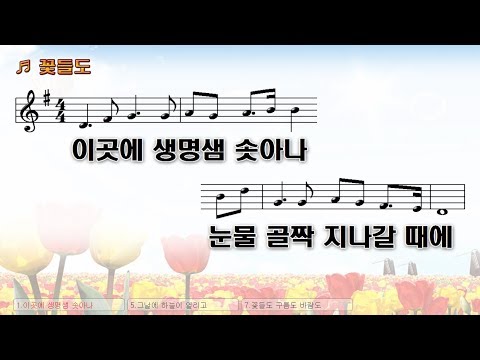
꽃들도 악보 주제와 관련된 이미지 49개를 찾았습니다.
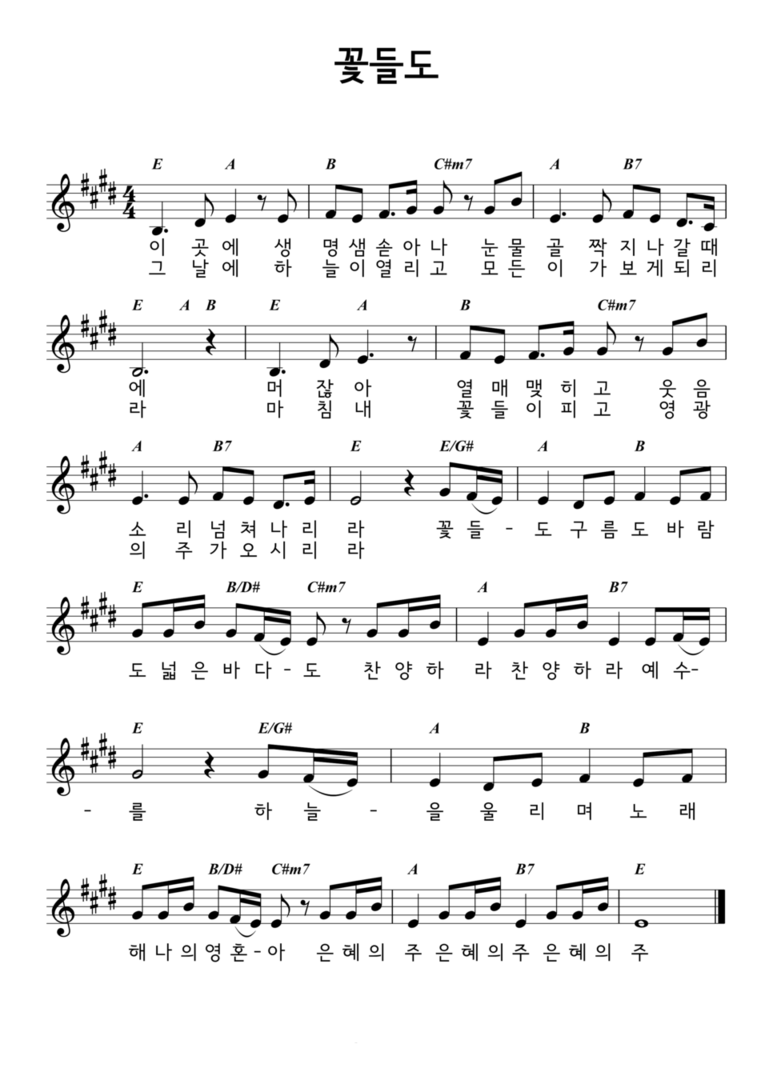



![첼로 & 피아노] 꽃들도 : 아인클랑 악보 첼로 & 피아노] 꽃들도 : 아인클랑 악보](https://cdn.imweb.me/thumbnail/20230122/71ff700f9e8b4.jpg)
![바이올린 & 피아노] 꽃들도 : 아인클랑 악보 꽃들도<花も>(여성3부+피아노)악보 : 하모니엘” style=”width:100%” title=”꽃들도<花も>(여성3부+피아노)악보 : 하모니엘”><figcaption>꽃들도<花も>(여성3부+피아노)악보 : 하모니엘</figcaption></figure>
<figure><img decoding=](https://cdn.imweb.me/thumbnail/20210421/93b8a6240963f.jpg)

![악보나눔]꽃들도(하나모) E,F,G,A : 네이버 블로그 악보나눔]꽃들도(하나모) E,F,G,A : 네이버 블로그](https://mblogthumb-phinf.pstatic.net/MjAxOTAyMTBfMTAy/MDAxNTQ5Nzc3NzkzMTA5.f4xZIHoaEj6nE5jKfJEXM-4En3VfGzgu616WomL6zGQg.3Ow_GpNXA4K-bY9MEeC2K2wBa0hvZsAdxvSl6doBPqYg.PNG.jgh9995/%EA%BD%83%EB%93%A4%EB%8F%84_G.png?type=w800)
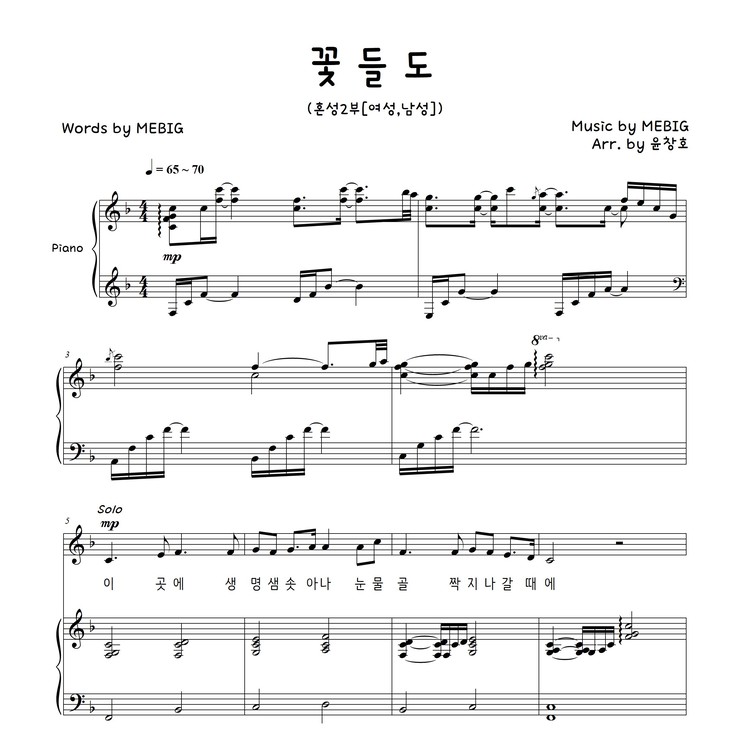
![악보나눔]꽃들도(하나모) E,F,G,A : 네이버 블로그 악보나눔]꽃들도(하나모) E,F,G,A : 네이버 블로그](https://mblogthumb-phinf.pstatic.net/MjAxOTAyMTBfMjE5/MDAxNTQ5Nzc3Nzc0NjQ3.O2WrFIgGyQGUvpCOySZ_AbO-w-bh5-vgEWMp0Y-Kq8Ag.hTDOptqfirCwweYEttQnQ9kBZyKy4cwJBF_L8f3_rLwg.PNG.jgh9995/%EA%BD%83%EB%93%A4%EB%8F%84_E.png?type=w800)

![플루트 & 피아노] 꽃들도 : 아인클랑 악보 플루트 & 피아노] 꽃들도 : 아인클랑 악보](https://cdn.imweb.me/thumbnail/20230128/9f6f95f03978d.jpg)
![악보/가사][꽃들도 악보 > Mebic – 꽃들도 (혼성2부 버전) By 윤창호” style=”width:100%” title=”악보 > MEBIC – 꽃들도 (혼성2부 버전) by 윤창호”><figcaption>악보 > Mebic – 꽃들도 (혼성2부 버전) By 윤창호</figcaption></figure>
<figure><img decoding=](https://cdn.mapianist.com/img_content/jpg/2e9b1da6-96bd-439e-a2ee-26d0749e0413-1618406498.jpg)
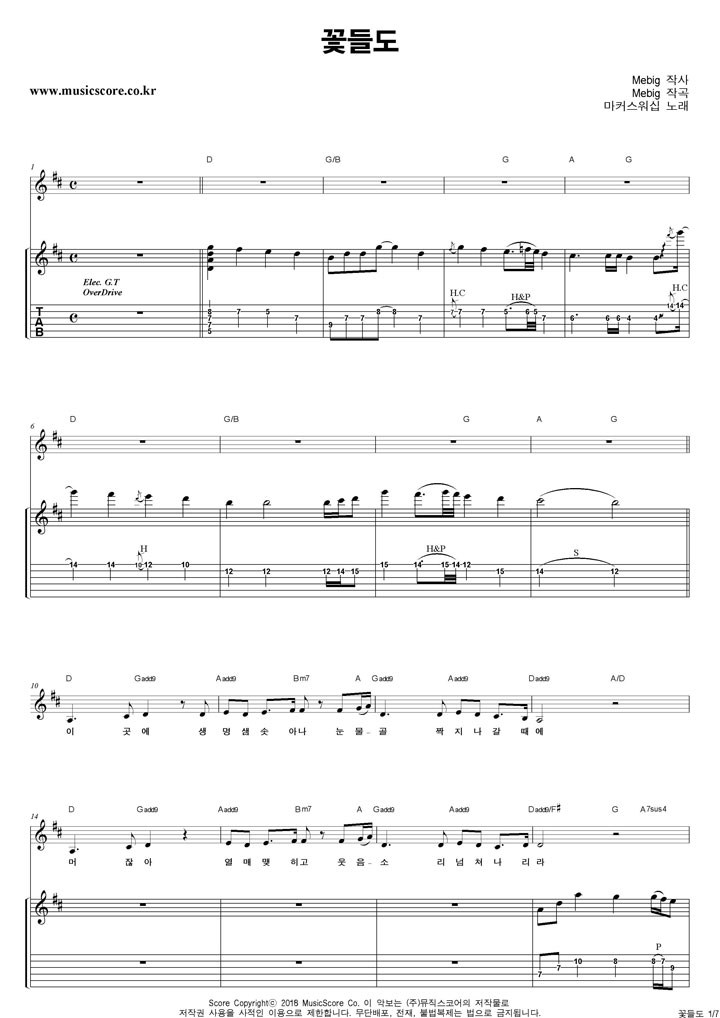
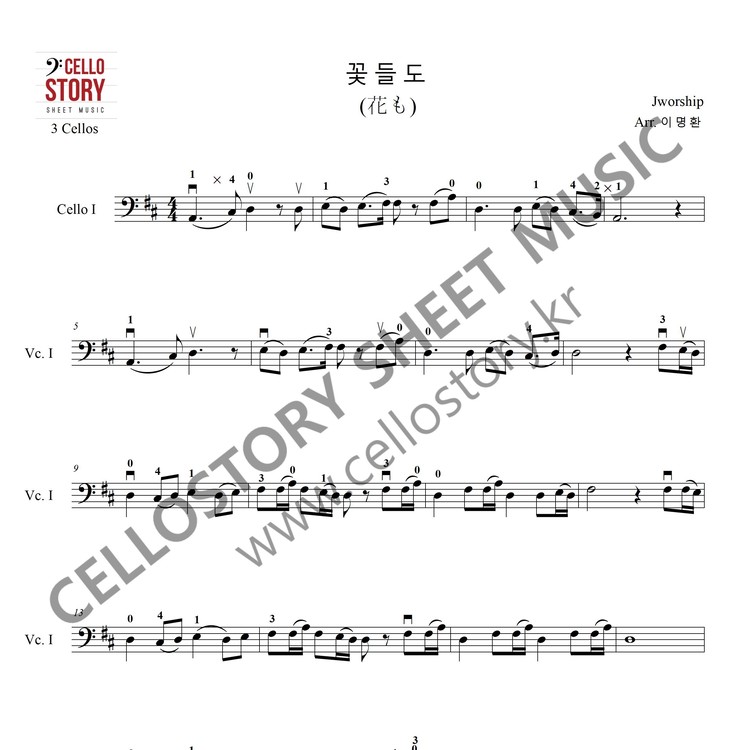
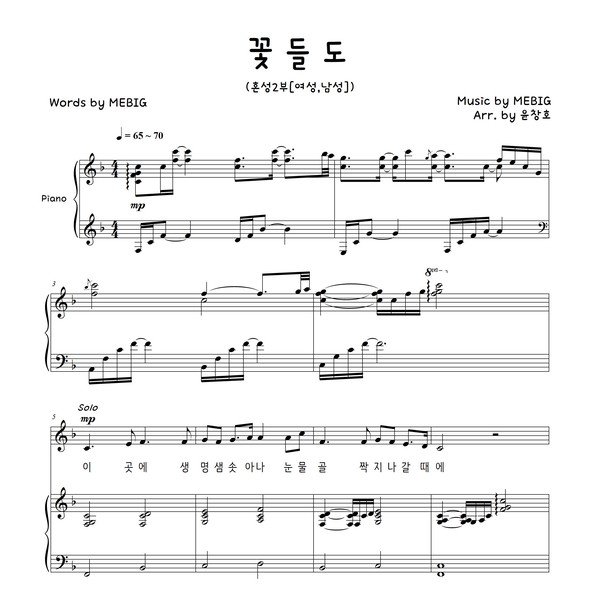
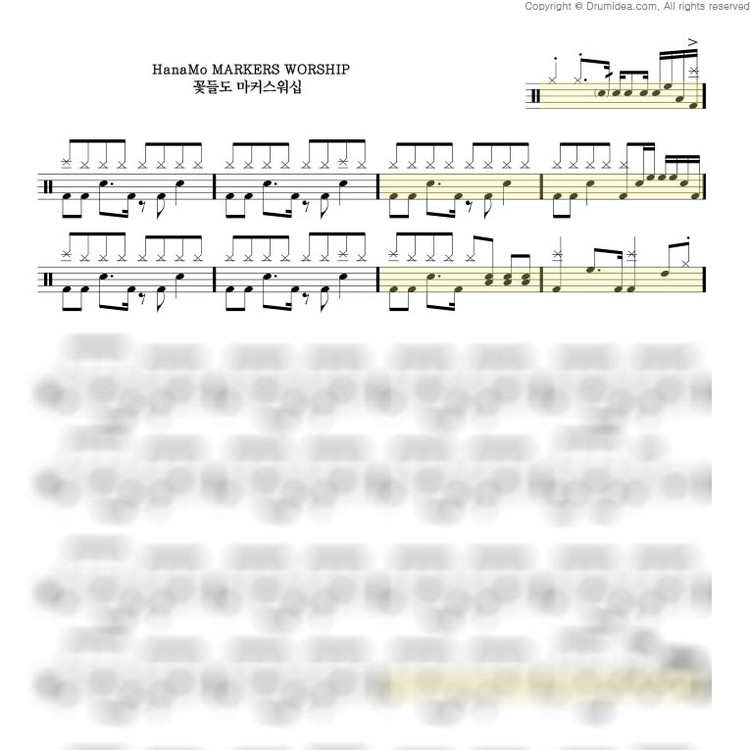




![바이올린 & 피아노] 꽃들도 : 아인클랑 악보 바이올린 & 피아노] 꽃들도 : 아인클랑 악보](https://cdn.imweb.me/thumbnail/20230127/f04d2aa9c6d75.jpg)





![피아노 솔로] 꽃들도 : 아인클랑 악보 피아노 솔로] 꽃들도 : 아인클랑 악보](https://cdn.imweb.me/thumbnail/20230227/b7a32b85a117a.png)
![CCM 반주] 꽃들도(花も) 마커스 워십ver. - 피아노 악보, 건반 연주: 서은주 - YouTube Ccm 반주] 꽃들도(花も) 마커스 워십Ver. - 피아노 악보, 건반 연주: 서은주 - Youtube](https://i.ytimg.com/vi/oKdEIWtjD1Q/maxresdefault.jpg)


![Ukulele Chords] 꽃들도 (花も) – MEBIG – merritan adventures Ukulele Chords] 꽃들도 (花も) – Mebig – Merritan Adventures](https://merritan.files.wordpress.com/2019/09/ukulelechords.jpg?w=1100)





Article link: 꽃들도 악보.
주제에 대해 자세히 알아보기 꽃들도 악보.
- 꽃들도(가사/악보/영상)-마커스/윤주형/더원워십(G코드)
- 이곳에생명샘(꽃들도) – CCM악보
- 꽃들도 악보 D E F G – 야곱과 라헬
- 꽃들도<花も>(혼성2부+피아노)악보 – 하모니엘
- J Worship – 꽃들도(花も) (피아노 연주 악보) 황윤정
더보기: experience-porthcawl.com/blog